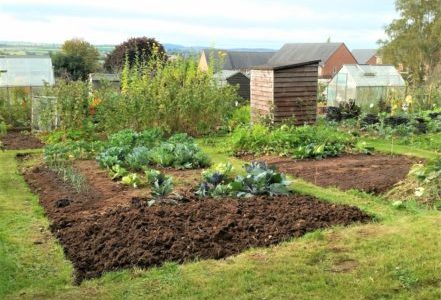
Allotments
Many householders would like to be able to grow their own fruit and vegetables, but their gardens are too small or non-existent. In the Industrial Revolution and before the advent of state welfare benefits, it was often necessary for survival to be allowed to cultivate a small piece of land and keep a few hens and even a pig.
In 1908, the government took the first steps to encouraging local councils to earmark land for this purpose. After WW1 more legislation was passed, as returning servicemen exacerbated the problem. There were 1,500,000 allotments in that peak period. This has reduced to around 330,000 in modern times, with 40 or 50 per site.
Nevertheless, demand continues to exceed supply. Waiting lists number more than 200 in some cases. Indeed, it can be impossible to find the relevant information on council websites. An alternative is to find a piece of land yourself and ask the council to consider taking it on. With the standard allotment size being 55 x 5.5 yards, one acre can accommodate twelve plots, along with pathways and communal areas, such as a chemical toilet. Rent must be paid and it is good practice to have an Association to better deal with management issues.
(Image: Jonathan Billinger at geograph.org.uk / CC BY-SA 2.0)
